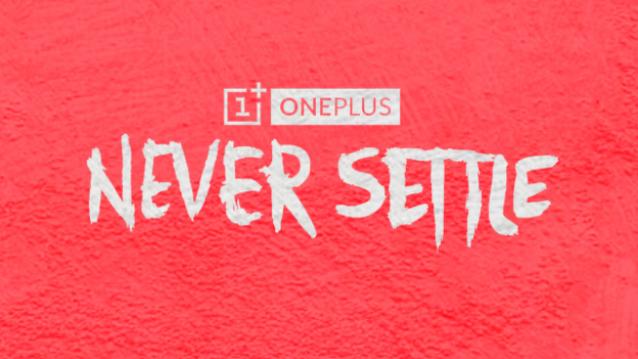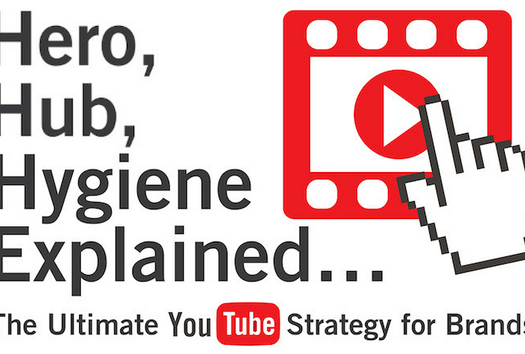OnePlus marketing strategy : Invite or not to invite?
We’ve all heard and talked enough about the unique, cost effective OnePlus marketing strategy to launch their perfectly priced smartphones. OnePlus however refused to repeat the same invite-only marketing strategy third time with the OnePlus 3 launch where they chose to make the phones available for all, unlike the earlier 2 times.
OnePlus, a 3 year old Chinese smartphone maker created waves when it launched its powerful smartphone with features enough to compete with small and big competitors and price bracket that made everyone notice them.
With it’s brand message “Never Settle” OnePlus pitched its phones as the flagship killer and tried to compete against Samsung and Apple. While it gave some hope and a cheaper option for people planning to buy an Apple or a Samsung, it also took away some limelight from the lower end models in the market.
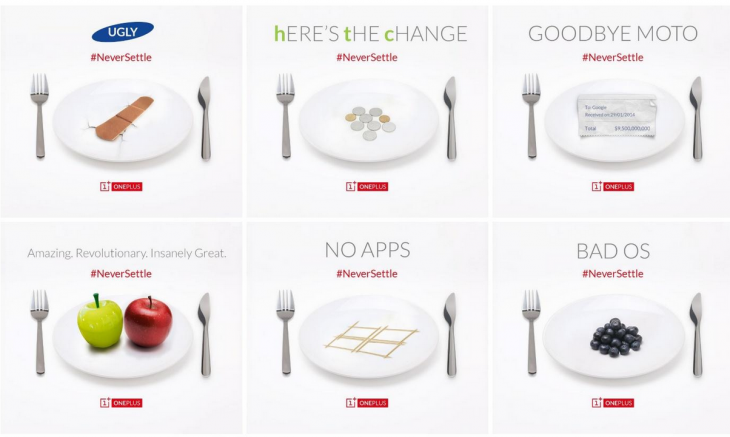
Comparative Advertising
OnePlus wasnt available for all
Unlike it’s third launch, OnePlus One and OnePlus Two phones, when they were launched were not open for all. OnePlus must have done enough background research to know that their product was a winner. Only that kind of confidence in your product gives the marketing team to come up with polarizing ideas as they did in the case of OnePlus.
Smash the Past
https://www.youtube.com/watch?v=Vs8yHw68FG0
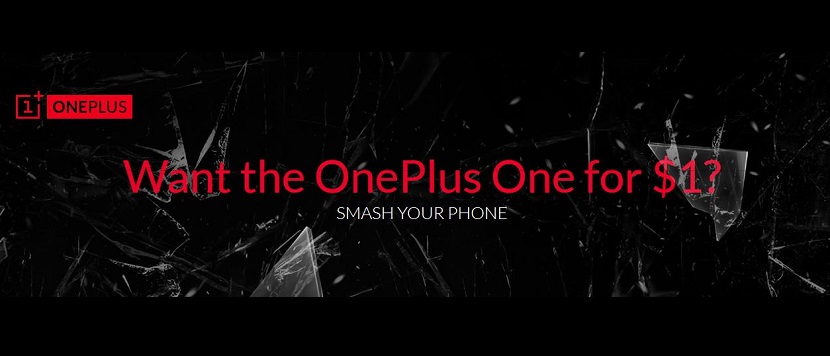
OnePlus with its launch marketing strategy, wanted to show that people were willing to smash their expensive phones to be the first one to get hands on the OnePlus. Many marketing teams tend to underestimate the product and overestimate the competition but that did not deter the OnePlus team. As a result they received more than 1 lakh applicants for their “Smash the Past” campaign out of which 100 were selected to smash their phones in the most creative way to win a OnePlus for $1.
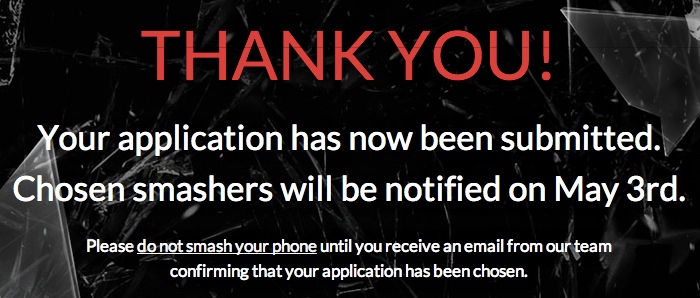
The campaign lived up to the product name of “Flagship Killer” and the global campaign thought of “Never Settle”. 100 People not only uploaded videos of themselves smashing their phones but also got a chance to invite 3 more people to buy the OnePlus phone which is when the whole invite saga started.
Want a OnePlus? Get in line
People had to either register on the official website and get in a line or request an invite from someone who has received an invite. This strategy worked wonders for OnePlus the first 2 times as with very little money they were able to create immense buzz. The phone got amazing reviews to add on to the hype.
Why was OnePlus invite only?
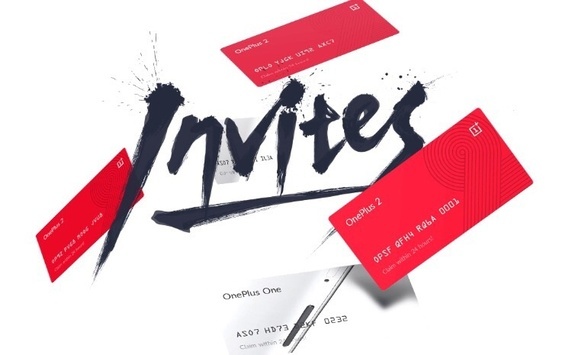
There are multiple reasons to argue why OnePlus adopted a non-volume driven strategy to launch its phones. Although many critics considered this to be a marketing gimmick but the company maintains that was not the intention.
Risk control and operations, inventory management
Being a start up, which was planning to launch globally unlike its other Chinese counterparts, it was difficult to asses how many OnePlus they would have to produce to meet demands and ensure less wastage. The demand shot up after the initial buzz which is when the invite system kicked in. It was to ensure that if someone has an invite, there is a OnePlus waiting for you.
Only people with a OnePlus invite were able to invite others or pass on their invite. Once the invite is there, to be able to use it, you had to place the order within 3 days or it would expire.
Build a close knit community of tech/brand evangelists
Suddenly it became a super exclusive thing to have a OnePlus invite. People started sharing on social media if anyone wanted one or if anyone had one. There were contests to win OnePlus invites and these invites even started being sold on eBay.
To milk this further, OnePlus took the opportunity to create further word of mouth by asking people to share their official website to climb up the reservation list. They also urged people to participate in their forums to get on top of the list.
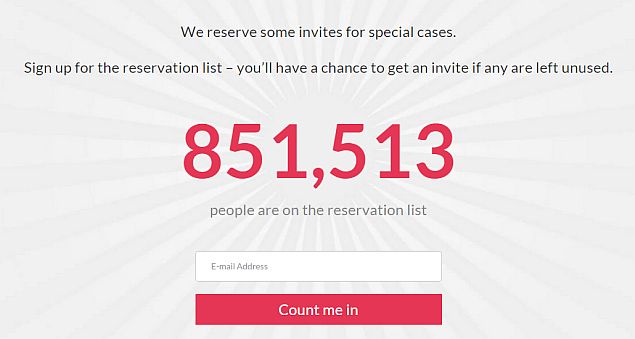
Even after the first successful launch, many thought that the invite system will cease to exist when the company would come out with the second version of the phone. However, not only did they stick to the invite system, this time around they also chose to release the features of the phone one at a time.

Now as simple as that idea may sound, it really is a genius.
- The hype is created. There is enough conversation in the niche tech early adopter community and also otherwise on social media.
- There is also an opportunity to get feedback from a community of budding enthusiasts. This is as close as you can get to product feedback which can feed into your future releases.
Why did OnePlus stop the successful invite system for OnePlus 3 launch?
OnePlus with their third launch have started transitioning away from the invite based system. OnePlus sold around 1 million OnePlus One handsets by the end of 2014 despite only planning to sell around 50,000. By the end of 2015 they had just nearly missed the 1million handset sold mark in just India for their OnePlus 2 handsets.
OnePlus is here to stay and for that their marketing needs to transition from targeting just early adopters, geeks and tech enthusiasts to a larger audience. OnePlus objective is now to get more users and that cannot happen by limiting users. For that, the marketing budget cannot remain a fraction of what Samsung or Xiaomi’s budget is.
User’s biggest problem became their biggest product USP for OnePlus 3
https://www.youtube.com/watch?v=kwnXZzBWvqc
OnePlus wasnt the first one to use invite based marketing strategy
OnePlus marketing strategy stemmed strongly from a greater belief in product. Which is essentially how all invite based marketing strategy have worked in the past. Yes, OnePlus even though unique in execution of this marketing principle in a lot of ways, wasn’t the first company to bank on exclusivity as a marketing strategy.
Gmail was Invite Only
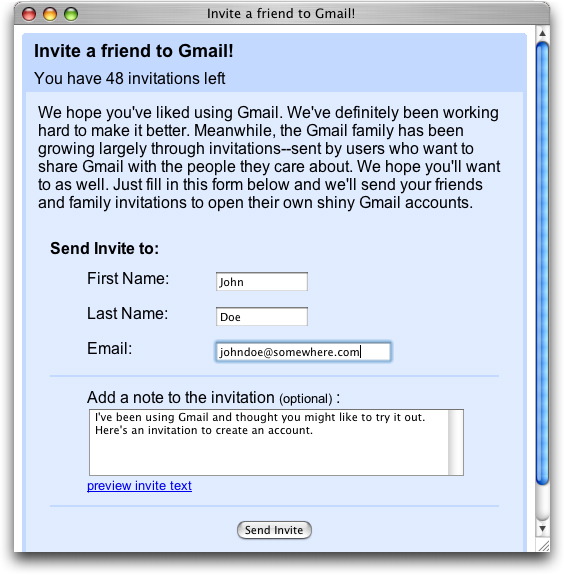
At the time when Yahoo, Hotmail and Rediff ruled the email world, Google came up with Gmail to enter this product space and compete head on. People were happy with the existing email providers to go through the pains of making another account. However, at that time, Gmail promised something that no one else did.
The option to be able to never delete your emails by providing a 1GB space storage inbox and an ability to search within your inbox and thousands of emails.
They launched this crazy idea (at that time) on April 1 when many thought it was a joke. However, the masterstroke is to launch a crazy idea on an April Fool’s Day for it to exist the next day as well.
Like OnePlus was only ready with 1000 units to start with, Google’s servers were not ready to handle a lot of users at the very start which is when the idea of invite system emerged. Gmail became a big deal in the times when everyone had Yahoo or Hotmail but having a Gmail address meant you’re a part of the club that no one else was and exactly like OnePlus people started asking and selling Gmail invites. According to people closely involved it became one of the best marketing decisions, yet unintentional.
When should you, or should you not opt for an invite based launch strategy?
While an invite based marketing strategy might sound exciting, there is no guarantee that it will work for you.
Be Invite Only when
- You want feedback on the product which is beta
- You have an extremely strong USP
- You want to influence a set of users and make them torch bearers of your brand
Exclusivity just for the sake of calling it limited and exclusive will never lead to anything.

